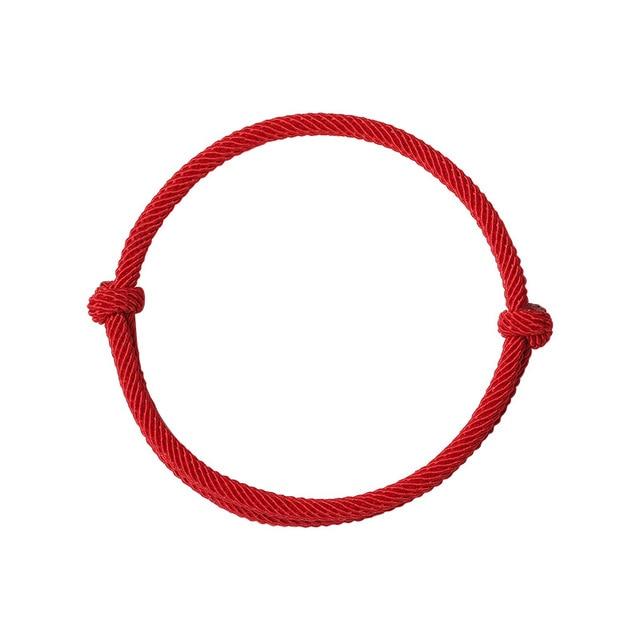The Jewish lucky charm: ancient and traditional
Judaism is the world's oldest monotheistic religion, dating back almost 4,000 years. Followers of Judaism believe in one God who revealed himself through ancient prophets. Studying the history of the Jewish people is essential to understanding their faith. They actually have a rich heritage in the fields of law, culture, traditions... and Jewish good luck.
Most Jews (except for a few groups) believe that the Messiah has not yet come to Earth, but will one day. Those who recognized Jesus actually became the early Christians. So we sometimes find a common basis between certain Jewish lucky charms and other Christians.
Jews practice their religion in places of worship known as synagogues, under the authority of rabbis. Today, there are around 14 million Jews who visit there regularly. Most of them live in the United States and Israel. However, a large community is found in Europe, and more particularly in France.
The Star of David, Torah, hand of Myriam: the world of the Jewish lucky charm is intriguing, mysterious and powerful. So take an interest!
The mezuzah, a small Jewish lucky scroll
A mezuzah is basically a small box that is placed on the doorposts of Jewish family homes.
Inside the box is a scroll of parchment with verses from the Torah inscribed on it, including the famous Shema Israel prayer.
It is precisely this particular text that gives the mezuzah its powers of good luck.
In fact, the idea of hanging a small sacred scroll on the door of our homes has, according to some Hebrew theologians, a biblical origin.
We are told in Deuteronomy 6:9: “And you shall inscribe them on the posts (mezuzot) of your house and on your gates” (Deuteronomy 6:9, 11:20).
Often, on the back of the mezuzah scroll is the Hebrew word “ shaddai. ” This is one of the many sacred names of Yahweh.
Again, some mystics believe that the mere presence of this name gives certain powers to the mezuzah as a Jewish good luck charm...
In short, every time a member of the family or community enters or leaves your home, the presence of your mezuzah will allow them to be confronted with the message of the Torah and, who knows, to benefit from a powerful blessing.
Traditional millennial outfits
Clothing has long played an important role in Judaism, reflecting identification with community and religion, practice of faith, and unity among Jews around the world.
Some of these garments, through their cultural or folkloric use, or through the allusions made to them in the Sacred Scriptures, are of such importance that they become true Jewish lucky charms.
For example, many Orthodox women avoid pants and stick to dresses and skirts instead. The most traditional among them also decide to wear only the most modest clothing, and to cover as many parts of their body as possible, thus following certain principles dictated in the Torah.
The strictest Jewish men always cover their heads by wearing a skullcap known in Hebrew and Yiddish as a kippah. As a well-known verse says: “Everyone except single women wears a hat in the synagogue to show their homage to God. »
Another well-known synagogue garment, the tallith (sometimes written tallit) is a prayer shawl made up of a large rectangular piece of fabric decorated with small fringes known as “tsitsit”. It is in fact these fringes that make the tallith a true Jewish lucky charm.
In several places in the Torah, allusions are made to these truly sacred fringes that every Jew must wear.
The last item of clothing that we will discuss here, the kittel is the name of the dress worn by rabbis and certain Orthodox Jews. Without going into further details, the kittel is generally white in color, and its length reaches more or less that of the knees.
The red bracelet: a very powerful Jewish lucky charm
If you have ever had the chance to visit Israel (or even live there), you cannot have missed the red bracelets.
In many places, markets, historical, archaeological or sacred sites, cultural centers, women sell these little lucky bracelets supposed to ward off the evil eye.
That said in passing, this type of custom is far from being reserved for the Jewish people. Just look at these different lucky bracelets to convince yourself.
In practice, it is advisable to wear this red string on your left wrist if we want it to be able to effectively repel bad energy and the curses that can arise from it.
In any case, this is what we learn from the Jewish esoteric doctrine from which this lucky charm comes: Kabbalah.
For the mystical practitioners of this school, red is in fact the color of life, energy and vitality (no doubt through its link with blood, the essential vector of life).
In the Talmud, it is also explained to us how the scapegoat (the famous goat sent into the desert to cleanse Israel of its sins) had a small red string hanging from one of its horns.
Whether this kind of consideration is important to us or not, the fact is that the red bracelet today is a Jewish good luck charm worn and appreciated by thousands of people and, as such, a symbol of unity and solidarity. belonging to the community.

















